

Despite everchanging travel conditions, we haven’t lost our urge to explore the beauty our world offers. But instead of traveling internationally, most of us have stuck to exploring the natural wonders in our own backyards. While the U.S. has some of the most breathtaking natural wonders in the world, there are other stunning natural landmarks around the globe just waiting for you to explore.
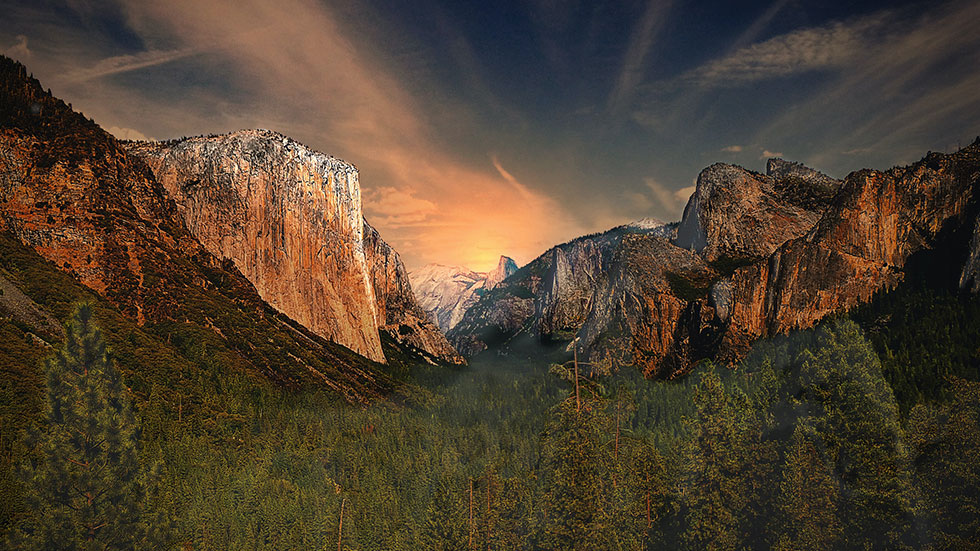
EL CAPITAN, YOSEMITE NATIONAL PARK, CALIFORNIA, USA
At more than 3,000 feet above the valley floor, El Capitan’s granite walls loom more than 2.5x as tall as the Empire State Building. Due to its size, there are many places throughout the park where you can view it, though some of the best are Bridalveil Straight, Tunnel View, and El Cap Meadow. Looking majestic during all times of the year, stormy winter days often produce the best photos due to the clouds and light reflected on the cliff face.

SALAR DE UYUNI, BOLIVIA
Stretching more than 4,050 miles, the world’s largest salt flat is considered one of the most extreme and breathtaking places in South America. Formed by evaporated prehistoric lakes, the thick crust of salt extends to the horizon and is covered by patterns of salt rising from the ground. When nearby lakes overflow, a thin layer of water over the flats reflects the sky and makes this wonder seem otherworldly.
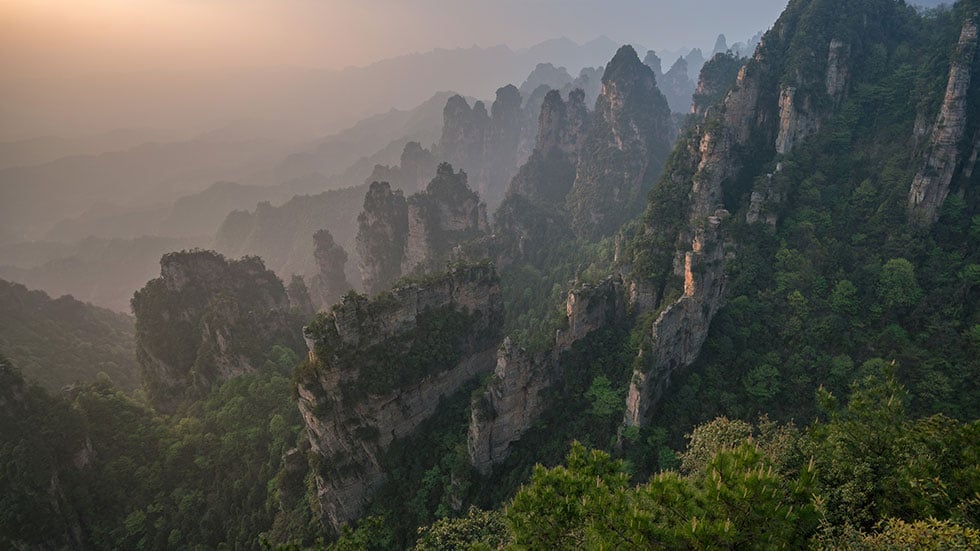
ZHANGJIAJIE, CHINA
Located in Central China, Zhangjiajie is a city, region, and national park. With more than 243 peaks and 3,000 pinnacles and spires in the park, it’s a perfect natural wonder to visit if you have a love for nature or seek adventure. Hike through the Zhangjiajie Grand Canyon full of dense forest, stunning waterfalls, streams, and of course, mountain peaks. If you were impressed by the Hallelujah Mountains in the movie Avatar, you’ll be impressed here—these are the real ones.

GALAPAGOS ISLANDS, ECUADOR
This group of 13 major islands, 6 smaller islands, and scores of islets and rocks, located in the eastern Pacific Ocean, takes up nearly 3,093 square miles of land, scattered over 23,000 miles of ocean. While sometimes tricky to get to, this wildlife sanctuary and national park is formed from lava piles and dotted with active volcanoes. This makes it possible for thousands of plant and animal species, most of them only found on the islands, to thrive.
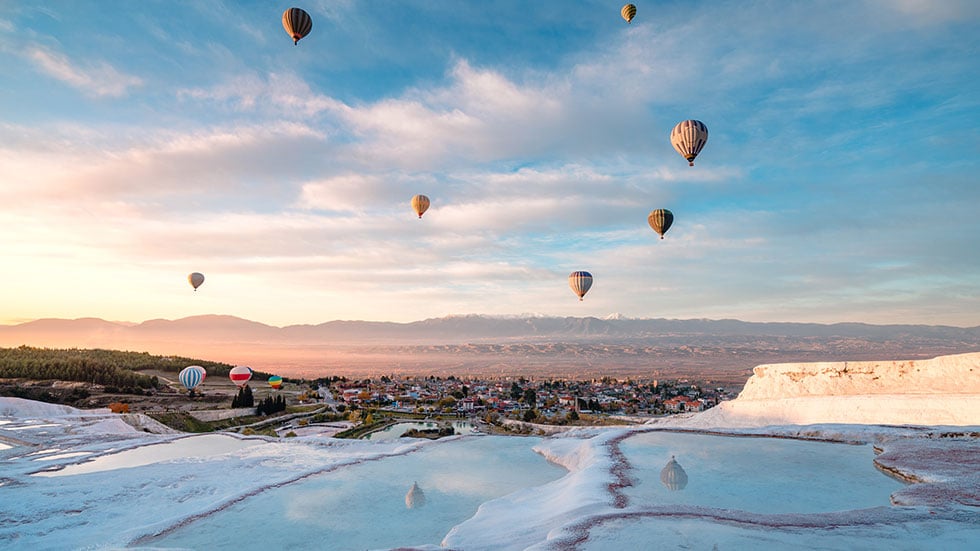
PAMUKKALE, TURKEY
Pamukkale, which means “cotton castle” in Turkish, is famous for a carbonate mineral left by the flowing water. Over thousands of years, the mineral formed white water pools famous for healing properties, and making the landscape look like cotton. Additionally, the area is surrounded by breathtaking ruins and historical sites.
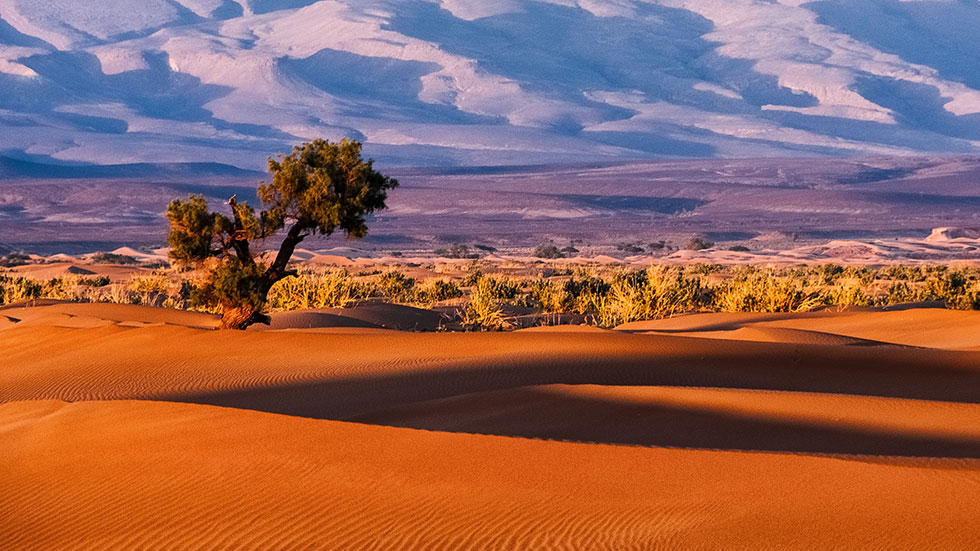 Sahara Desert, Morocco. Photo by Sergey Pesterev/Unsplash.com
Sahara Desert, Morocco. Photo by Sergey Pesterev/Unsplash.comSAHARA DESERT, MOROCCO
At the top of many bucket lists, the tranquil and beautiful rose-gold dunes aren’t like anything else you’ll find on earth. The two largest dune fields, Erg Chebbi and Erg Chigaga, are hundreds of meters tall and ever-changing with the wind. The best time to visit is between October and May, when daytime temperatures are mild with low humidity. Sandstorms are frequent in January and temperatures can drop below freezing, while summer months are too harsh to visit.
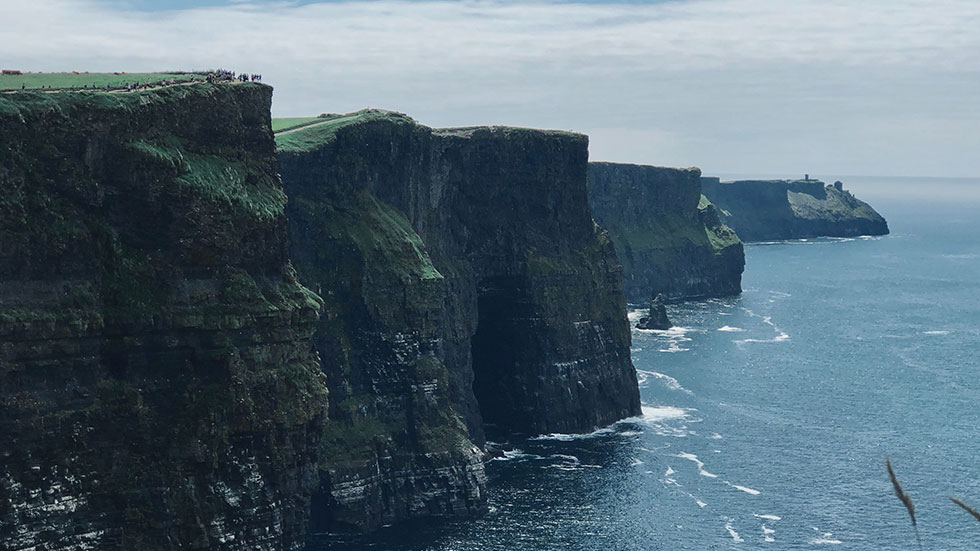
CLIFFS OF MOHER, IRELAND
One of the most famous sights in Ireland, these Cliffs are entirely vertical with an abrupt cliff edge etched from the waters of Galway Bay. Reaching 214 meters tall, the staggering height of the rock face and stunning views over the sea are fantastic. Try the Doolin Cliff walk, which leads you down the full length of the trail to the visitor center, set into the hillside. Many types of birds and wildflowers call this area home, which you can view while learning about the folklore and fantasy surrounding the cliffs.
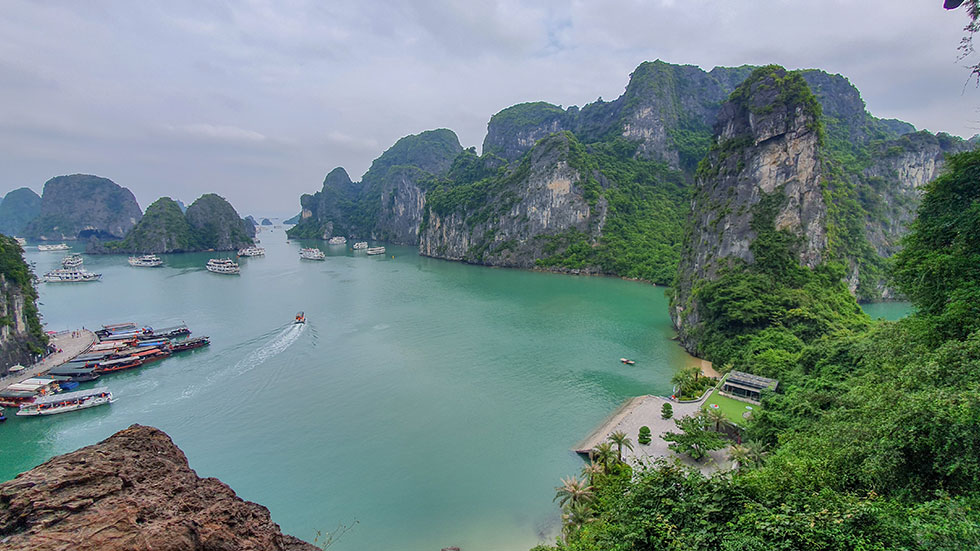
HA LONG BAY, VIETNAM
In northern Vietnam near the Chinese border, this bay is dotted with 1,600 limestone islands and islets rising up out of emerald waters, and covers 1,500 square miles. Formed thousands of years ago, many of the pillars and outcrops are topped by tiny forests, boasting unmatched beauty. Take a cruise tour through the bay, or visit different attractions, such as caves and fishing villages along the coast.
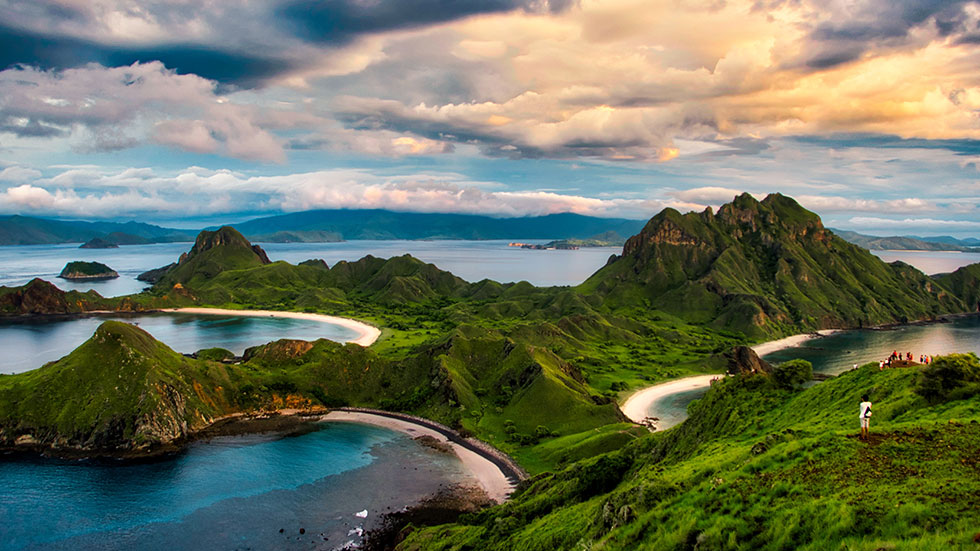
KOMODO ISLAND, INDONESIA
This island is one of more than 17,500 that make up the Republic of Indonesia. The National Park encompasses 29 volcanic islands that are home to 2,500 Komodo Dragons (which reach three meters in length and weigh more than 150 pounds) and other flora and fauna, reptiles, birds, and mammals. Diverse terrain of mountains and hills, tropical rain forests, woodland savannahs, and even sandy beaches, make this one of the most biodiverse areas in the world.

ULURU, AUSTRALIA
One of the most iconic attractions in Australia, this massive red rock made of sandstone is about half a billion years old. Formerly known as Ayers Rock, it stands 348 meters high and has a circumference of 9.4 kilometers. Most stunning at sunrise and sunset, when the rock’s colors reflect the light, it’s also home to many rare plants and animals, spiritual sites, caves, and rock art.
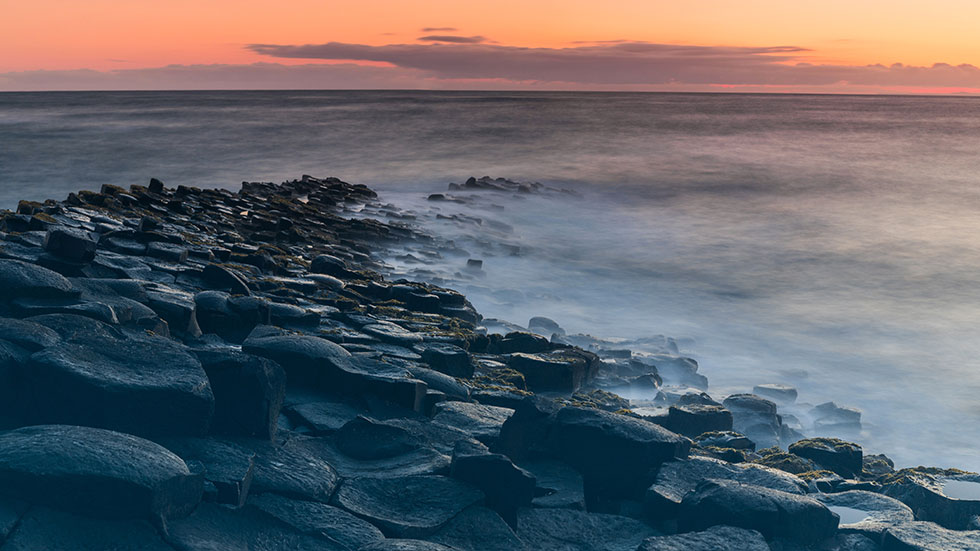
GIANT’S CAUSEWAY, IRELAND
Along four miles of the northern coast of Northern Ireland, find more than 40,000 outstanding basalt columns, each with 5-7 irregular sides and jutting out from the cliff faces. They were formed 50-60 million years ago and resulted from flows of lava inching toward the coast and cooling once they reached the sea. Pressure from the columns sculpted them into amazing shapes that measure up to 82 feet tall.
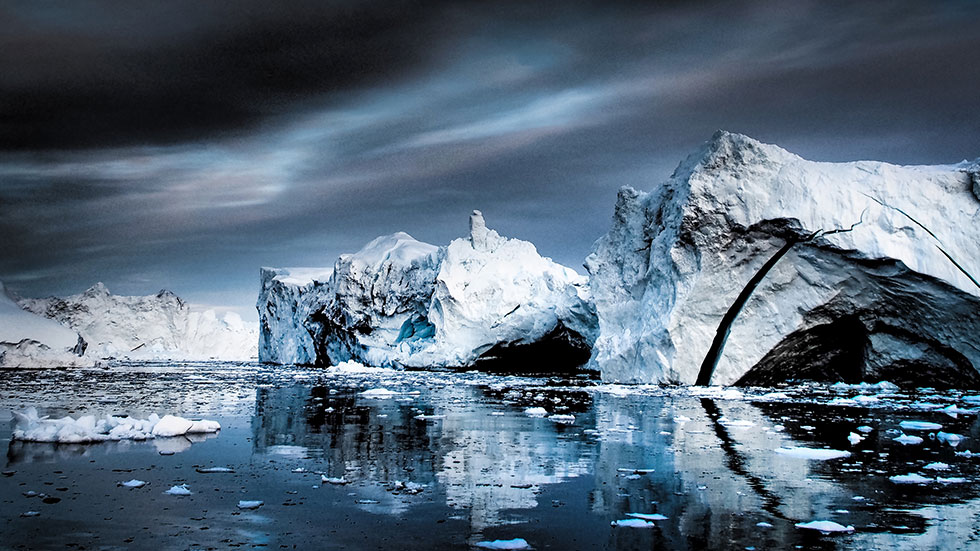
ICEBERGS GREENLAND
Greenland is one of the best places in the world to view icebergs. Changing looks from every angle you view them, they can reach up to 300 feet above sea level, though up to 90% of them are under the surface of the water. Actively floating and moving, Greenland icebergs can float as far south as to the sea outside of New York City. With so many different shapes, sizes, colors, and other properties, you’ll want to make sure to always have your camera ready.
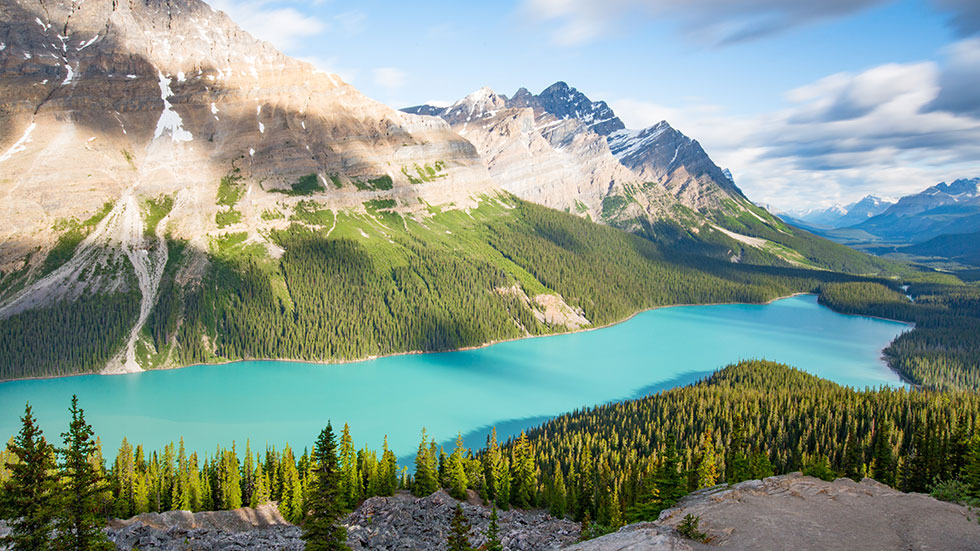
PEYTO LAKE, BANFF, CANADA
The most famous lake in Banff National Park, the brilliant turquoise blue lake is fed by a glacier and one of the most spectacular places to take photos. As the glaciers grind rock down into rock flour, it’s carried downstream into the lake, then refracts the lights and gives a vivid blue color. It has a maximum depth of around 90 meters, and can be seen from several different viewpoints and platforms in the area.
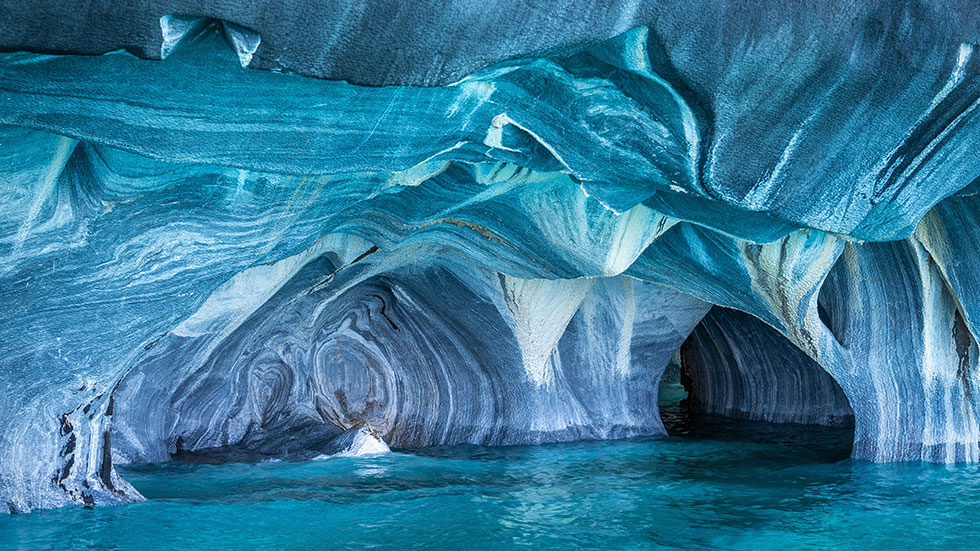
MARBLE CAVES, PATAGONIA
Located in the middle of General Carrera Lake and only accessed by boat or kayak, these magnificent caves were formed over thousands of years as water from nearby glaciers melted and washed up against the rocks, carving intricate caverns, columns, and tunnels. Due to the minerals in the water, the rock has even changed color and shape, boasting hues of blues, greens, blacks, and yellows.
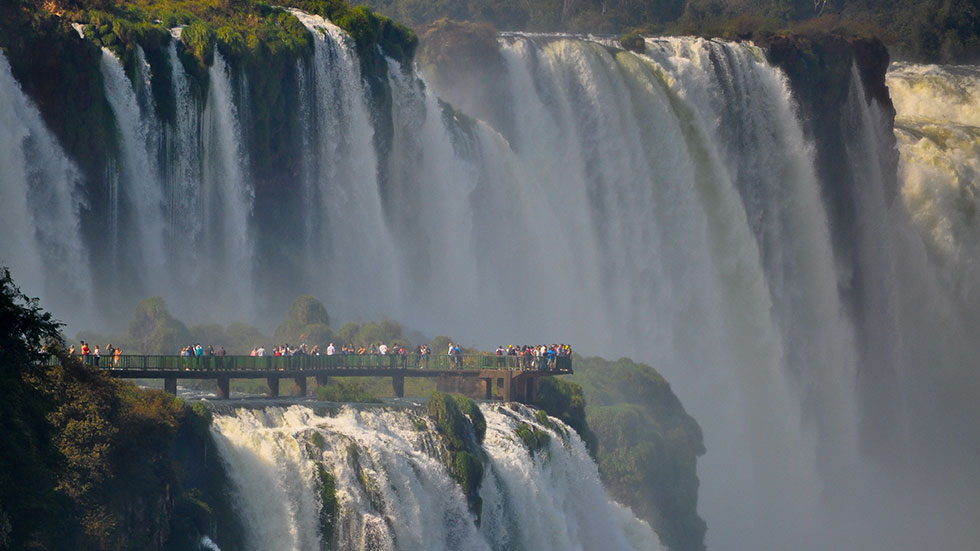
IGUAZU FALLS, BRAZIL
Reaching 82 meters in height and 2,700 meters wide, there are 275 individual drops from the falls into the Iguazu River, which forms the boundary between Brazil and Argentina. These thundering falls can be accessed by special walkways that allow visitors to get up close to this natural wonder. Surrounded by lush forests and a variety of plants and wildlife, these falls are a popular destination.
